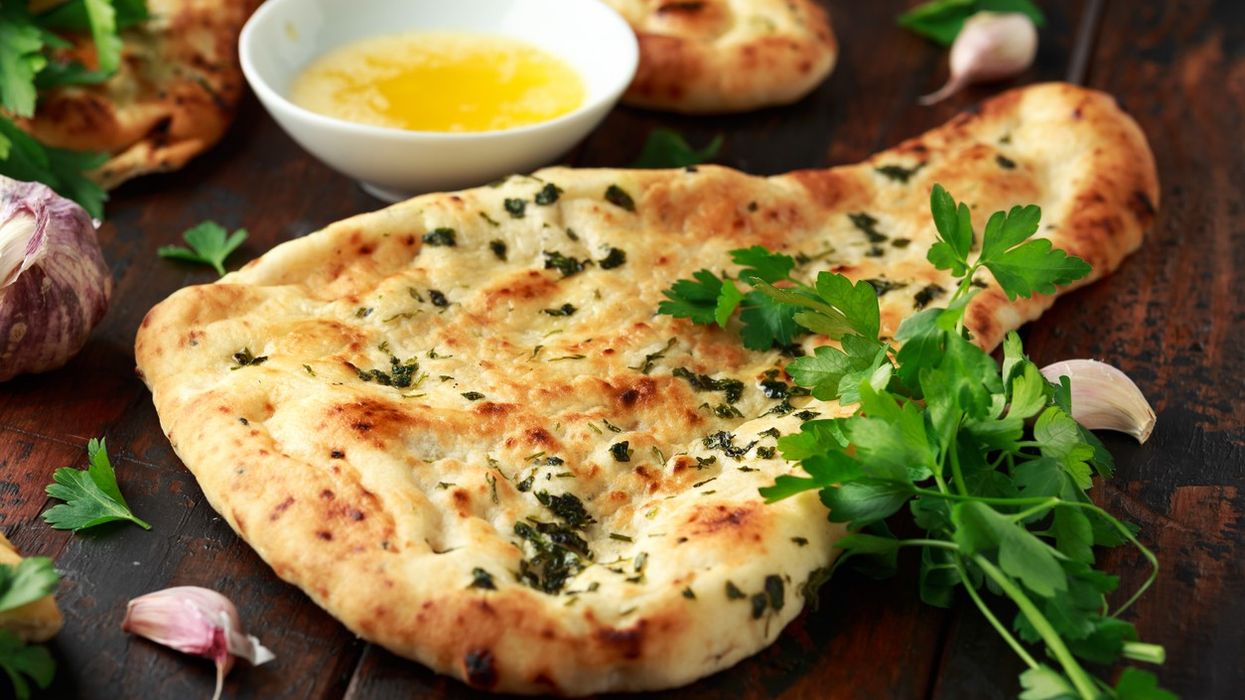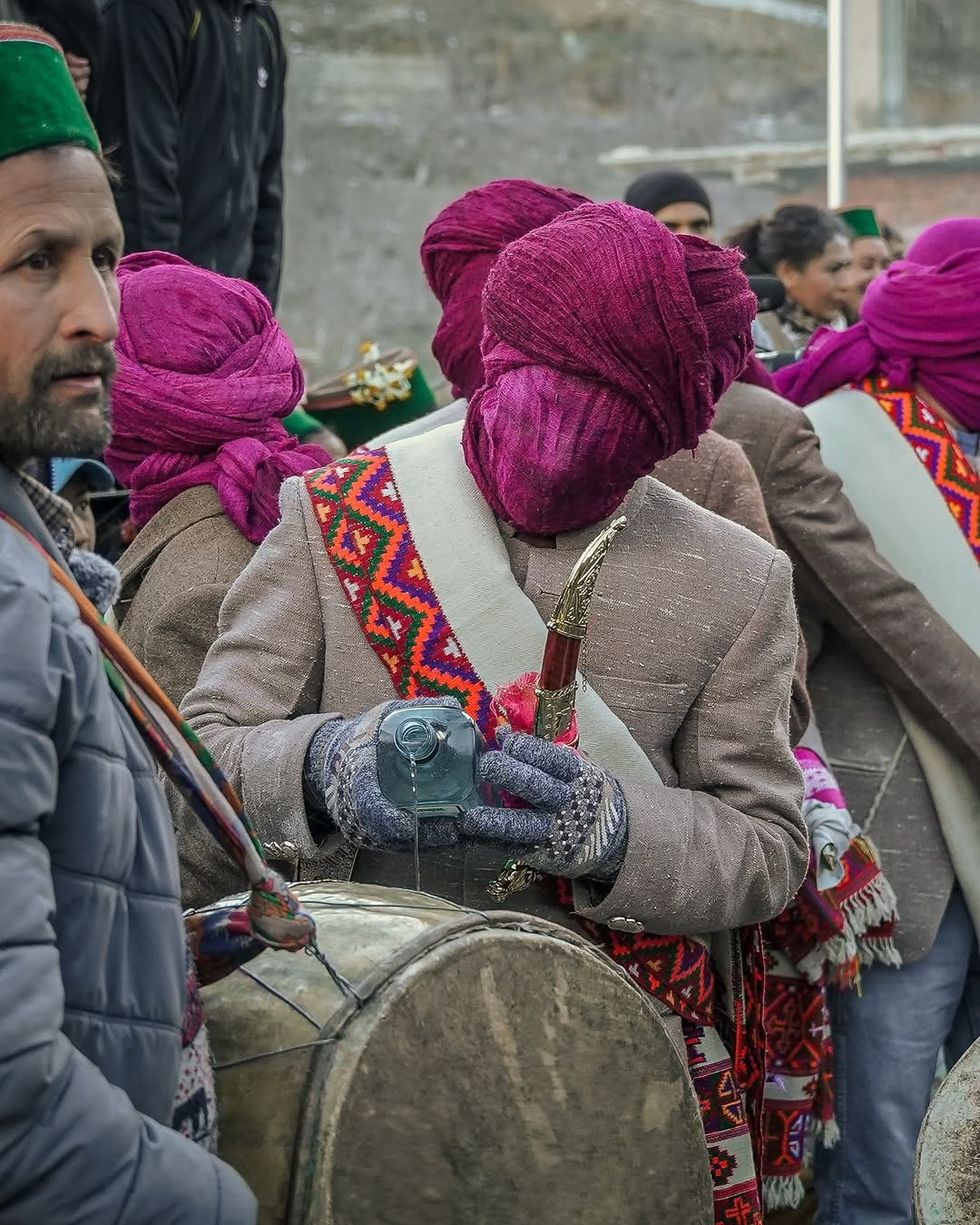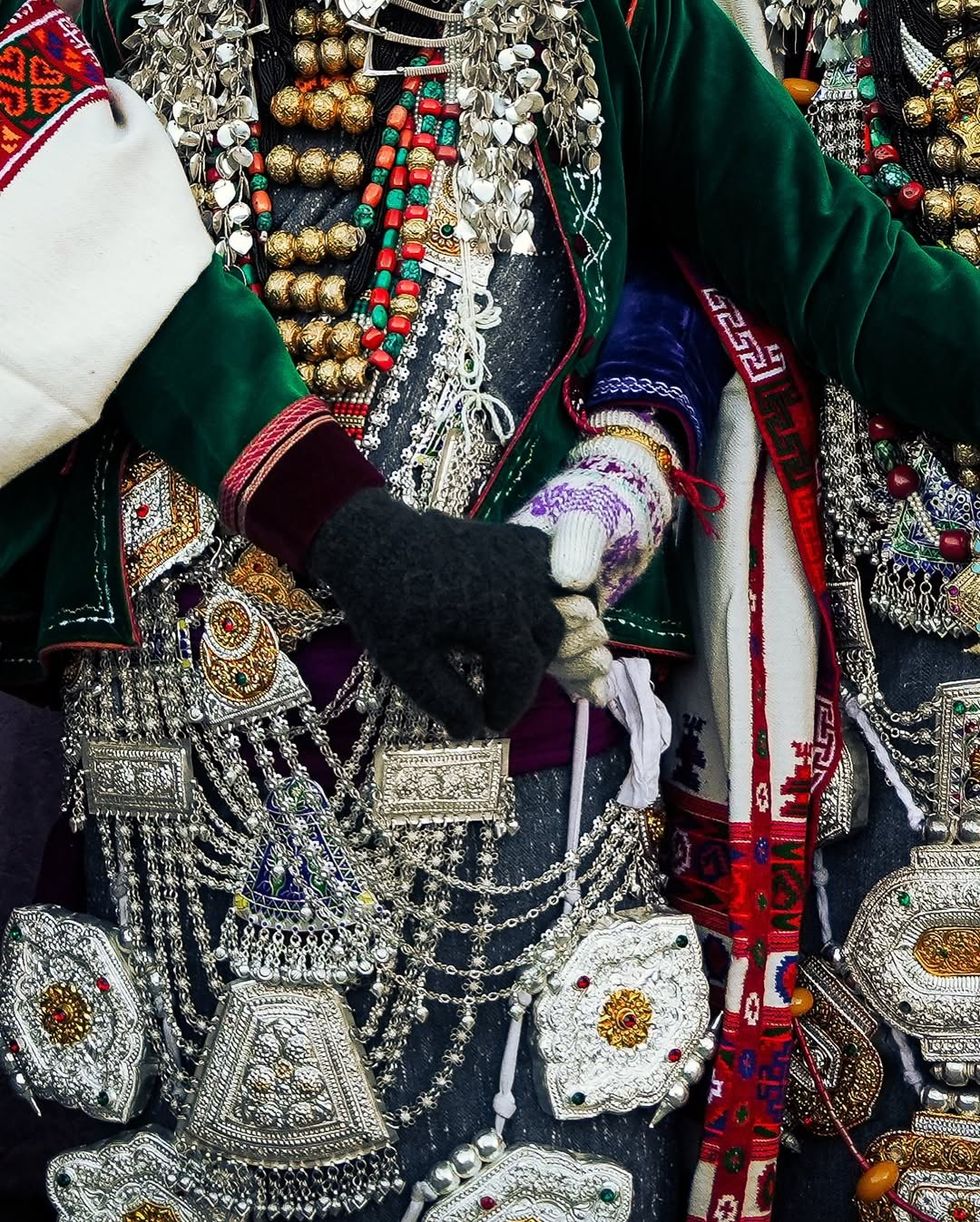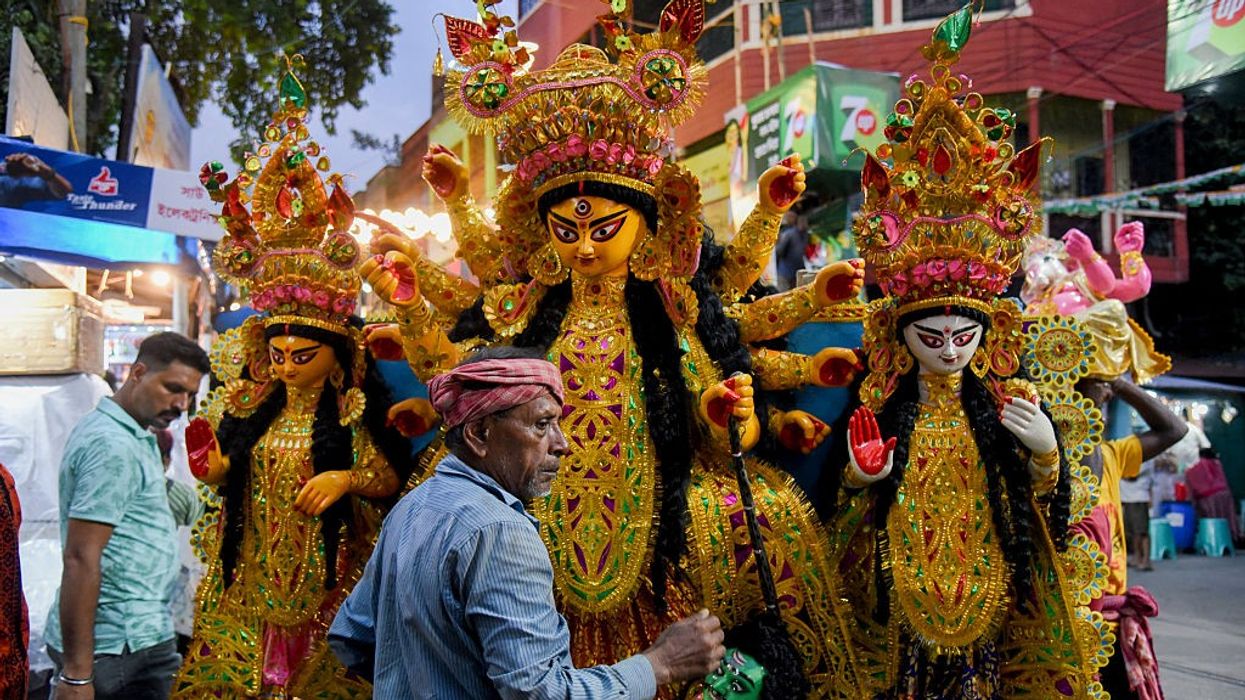Highlights:
- Voted World’s No. 1 Bread by TasteAtlas 2025
- Originated in India with Persian culinary roots
- Celebrated for its buttery flavor and versatility
- Loved across Indian-American and global restaurants
- Easily recreated in tandoor or home kitchens
Garlic Naan, India’s aromatic, buttery flatbread, was recently crowned the world’s best bread by TasteAtlas for 2025, topping a list that analyzed nearly 30,000 reviews worldwide. This is more than just a foodie title—it’s a cultural triumph. For millions, the familiar naan basket on a restaurant table embodies comfort, craft, and connection.
In India, Garlic Naan isn’t just bread; it’s an emotion. Its aroma signals celebration—a prelude to dal makhani, paneer butter masala, or chicken curry. Its global fame now confirms what diners from Delhi to New York already knew: Garlic Naan is the unchallenged monarch of flatbreads.
The journey: From Mughal courts to modern menus
Naan traces its origin to Persian kitchens, where it was once a delicate bread served in royal meals. Brought to India during the Mughal era, naan evolved in tandoors across northern India. By the 14th century, Indian cooks had infused it with local ingredients, curd, milk, and butter, to create a softer, richer version suited to Indian palates.
Garlic entered the story much later. Blending Mughlai sophistication with India’s rustic spice culture, Garlic Naan became a restaurant star, a bridge between the East’s bold flavors and the world’s soft spot for warm, buttery bread.
Today, it flourishes not only in India but in Indian-American kitchens across New Jersey, Texas, and California, where it accompanies curry nights and weekend feasts. Its rise mirrors the growth of Indian cuisine in the US, evolving from exotic fare to comfort food.
A taste of India’s culinary identity
Garlic Naan represents the essence of India’s food heritage, simple, layered, and generous. It belongs to a larger North Indian culinary identity shaped by grains, ghee, and community dining. Traditionally cooked in a clay tandoor, the bread develops a charred texture that perfectly balances its softness.
Family kitchens, Indian wedding buffets, and American Indian restaurants equally recognize it as a taste of home. For many Indian Americans, sharing naan evokes nostalgia, the warm link between generations and continents.
The secret of its charm: Simplicity with depth
A perfect Garlic Naan depends on patience and temperature. The dough, enriched with yoghurt and milk, needs time to rise. Once baked in a blazing tandoor (or a well-heated iron pan), it is brushed with butter or ghee while still steaming. The garlic releases its oils, infusing the bread with a soft zing.
Home chefs have adapted it creatively, adding coriander leaves, nigella seeds, or even black garlic for a smoky note. Some bake it on pizza stones or cast-iron skillets, proving that equipment may change, but heart and technique stay constant.
Perfect Partners: What to Eat with Garlic NaanClassic Indian gravies remain its best match, paneer makhani, dal tadka, butter chicken, or malai kofta. But Naan’s versatility makes it thrive beyond Indian borders too.
Pair it with Middle Eastern hummus or Mediterranean feta, or turn it into a modern appetiser topped with roasted vegetables, labneh, or mushroom confit. In fusion kitchens, naan pizzas, wraps, and bruschettas have become staples.
Whether breaking naan with family or friends abroad, its charm lies in familiarity—soft inside, golden outside, rich in butter and memory.
A bread beyond borders
Garlic Naan’s 2025 win on the global stage is more than a culinary ranking; it’s a cultural reflection. It shows how Indian dining traditions have transcended boundaries and how a humble tandoori bread became a shared language of comfort across continents.
As global tables evolve, Garlic Naan continues to lead quietly, not through reinvention but through the authenticity of taste. Its journey from the Mughal courts to American eateries tells one story clearly: some comforts never go out of style.














 Instagram/@
Instagram/@ Instagram/@
Instagram/@ Instagram/@
Instagram/@

